Injection Therapy
Injection therapy is used to supplement rehabilitation programs or orthotic therapy when conservative care is failing to make sufficient progress.
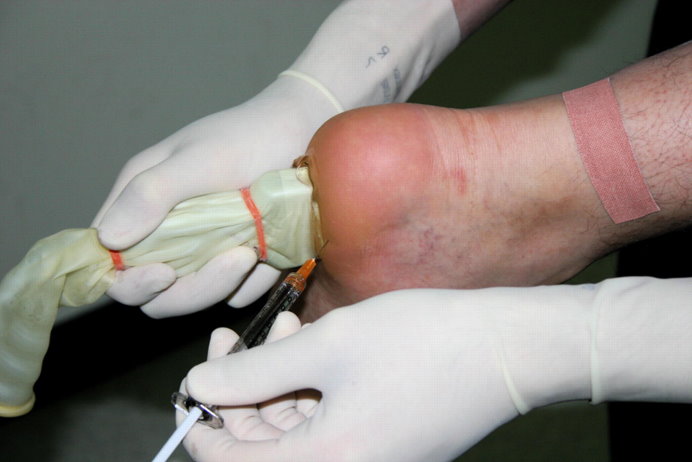
Joints, tendons and nerves of the lower limb can become damaged and painful through acute or long term stress. Injection therapy can provide relief from pain in the foot.
We often use diagnostic ultrasound to guide injections to the site that is causing pain. Injections can be given to reduce inflammation (corticosteroid) or to reduce friction and provide nutrient for the joint (hyaluronic acid).
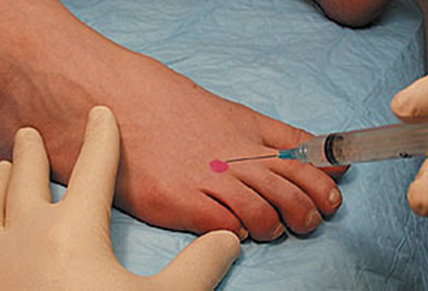
Steroid Injections
What is a steroid injection? A steroid injection contains medicine made from a group of drugs called corticosteroids. The steroid acts like the natural hormones that your body makes to stop inflammation.
Uses of Steroid injections in feet
A localised steroid injection is an option before surgery on your foot. (Oral steroids taken by mouth have more side effects).
Steroid injections can be effective at treating the following:
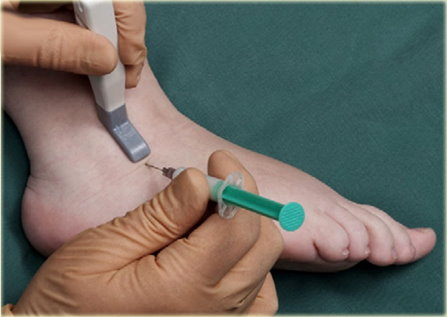
Once you have a steroid injection, some patients experience pain relief within a few hours, others may take a couple of days, or sometimes up to two weeks. The timing often depends on the type of medication you receive. A steroid injection can be very effective in easing your foot pain.
Possible complications and risks with steroid injections
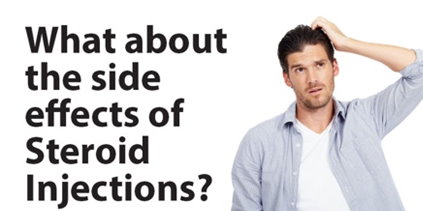
Steroid injections are not for everyone
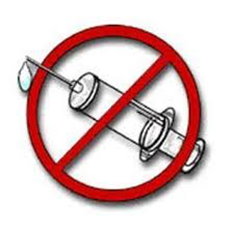
Treatment protocol
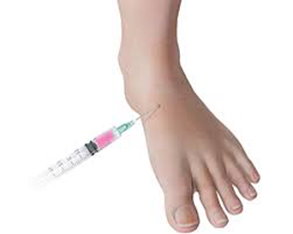
HYALURONIC ACID INJECTIONS (Ostanil)
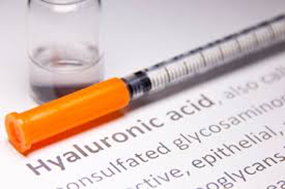
Hyaluronic acid injections are used to treat foot pain caused by osteoarthritis (OA) in patients who have already been treated with pain relievers and anti-inflammatory treatments that did not work well.
Hyaluronic acid is similar to a substance that occurs naturally in the joints. It works by acting like a lubricant and shock absorber in the joints and helps the joints work properly, specifically in synovial joints.
What is a Synovial Joint?
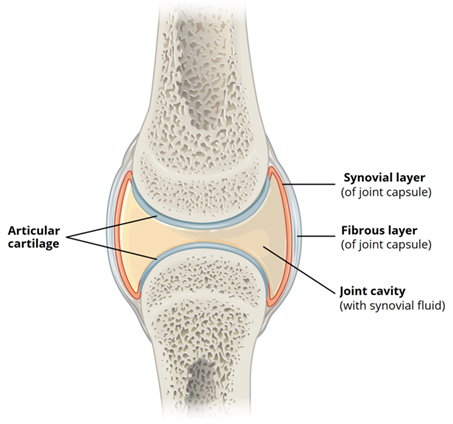
A synovial joint is one in which the ends of the bones are enclosed in a capsule containing a thick, slippery liquid called synovial fluid, such as the Big Toe joint The bone ends are covered in a smooth layer of a tough, rubbery substance called cartilage. The synovial fluid helps protect the cartilage from wear and tear by keeping the bones slightly apart and by acting as a shock absorber and lubricant. This allows the joint to be highly mobile. It also acts as a filter, letting nutrients reach the cartilage, but blocking the passage of harmful cells and substances. Hyaluronic acid is the component of synovial fluid that enables it to perform its function.
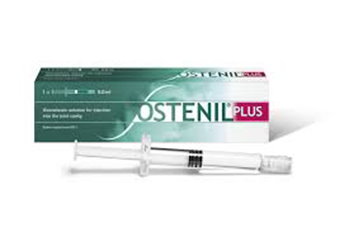
Hyaluronic acid is the component of synovial fluid that enables it to perform its function. It is continuously broken down and replaced. Normally, there is an exact balance between the breakdown of old hyaluronic acid and the production of new hyaluronic acid.
In osteoarthritis, however, this balance is disturbed and breakdown happens faster than production. As a result, the synovial fluid becomes watery and stops working properly. As a result the cartilage in the joint gradually wears away. The thinning of the synovial fluid and wearing away of the cartilage leads to symptoms of osteoarthritis, which include pain, stiffness and swelling.
What are Ostenil injections?
We usually use a medication called Ostenil which is specifically produced for small joints in the feet and hands. The most common joint to be injected in the foot is the big toe joint when it develops Hallux rigidus which is an osteoarthritic condition. This leads to limited movement, pain and inflammation. The hyaluronic acid in the medication helps to restore lubrication in synovial joints so they become less painful.
Benefit of Ostenil injections?
The benefits of Ostenil injections for the treatment of hallux rigidus
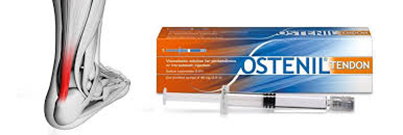
Who is suitable for Ostenil injections?
Ostenil injections are suitable for people who have hallux rigidus and some tendon problems
Ostenil injections are not suitable for everyone.
Those who may not be suitable for Ostenil injections include:
Possible complications of Hyaluronic acid injections
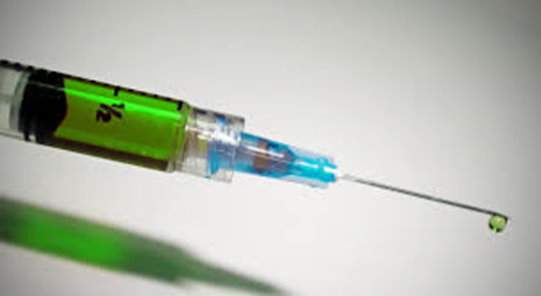
Some side effects may occur that usually do not need medical attention. These side effects may go away during treatment as your body adjusts to the medicine. If any of the following side effects continue or are bothersome or if you have any questions about them please contact the practice on the mobile number you are given.
Rarely seen but side effects are said to include: Bleeding, blistering, burning, coldness, discoloration of the skin, feeling of pressure, hives, infection, inflammation, itching, lumps, numbness, pain, rash, redness, scarring, soreness, stinging, swelling, tenderness, tingling, ulceration, or warmth at the injection site.
Following the Injection
Do not overuse your foot for two days after receiving this medicine. Avoid activities such as jogging, soccer, tennis, heavy lifting, or standing on your feet for a long time. You may return to work and continue with normal daily activities. A follow up appointment will be made for you, depending on your specific requirements.
